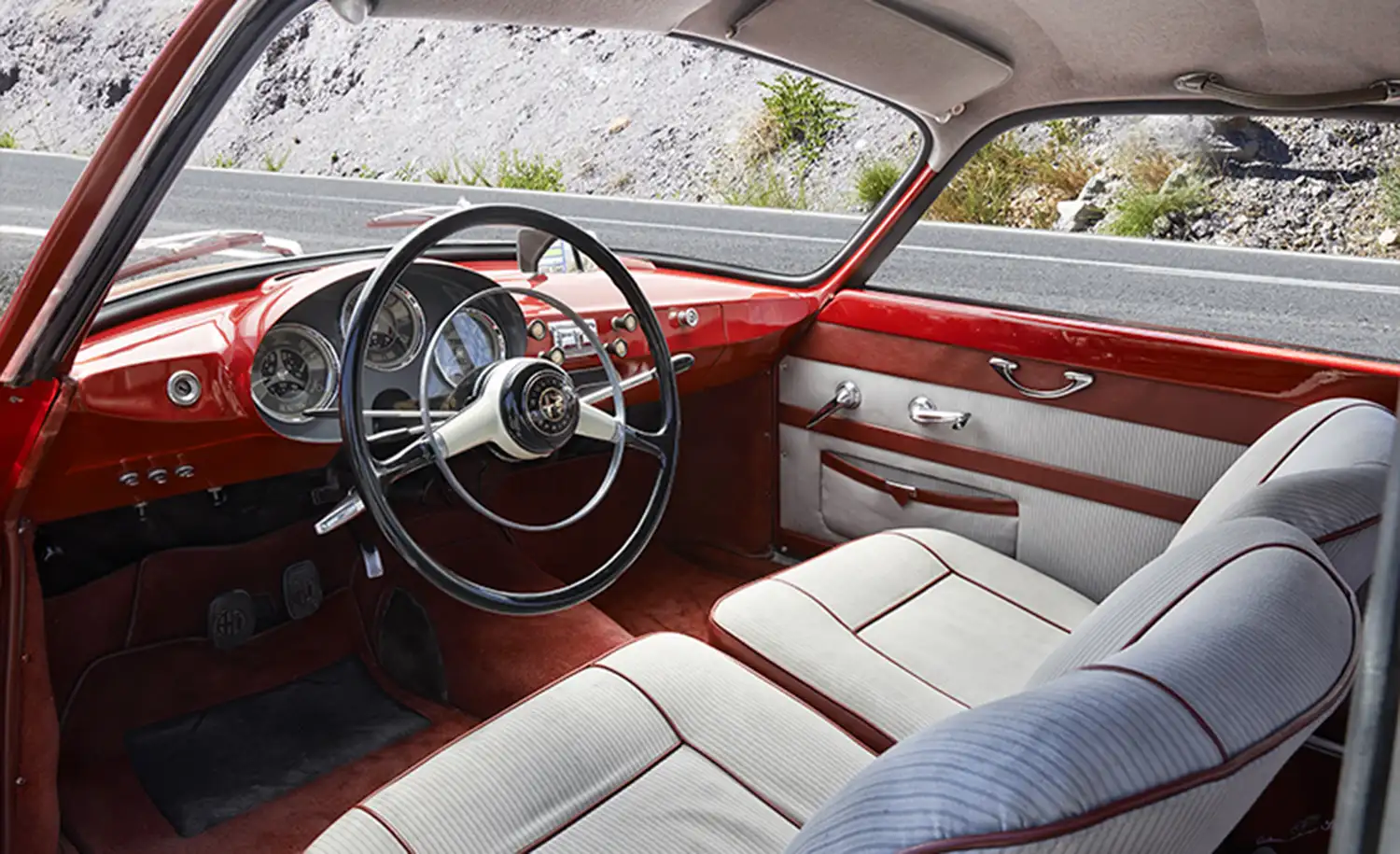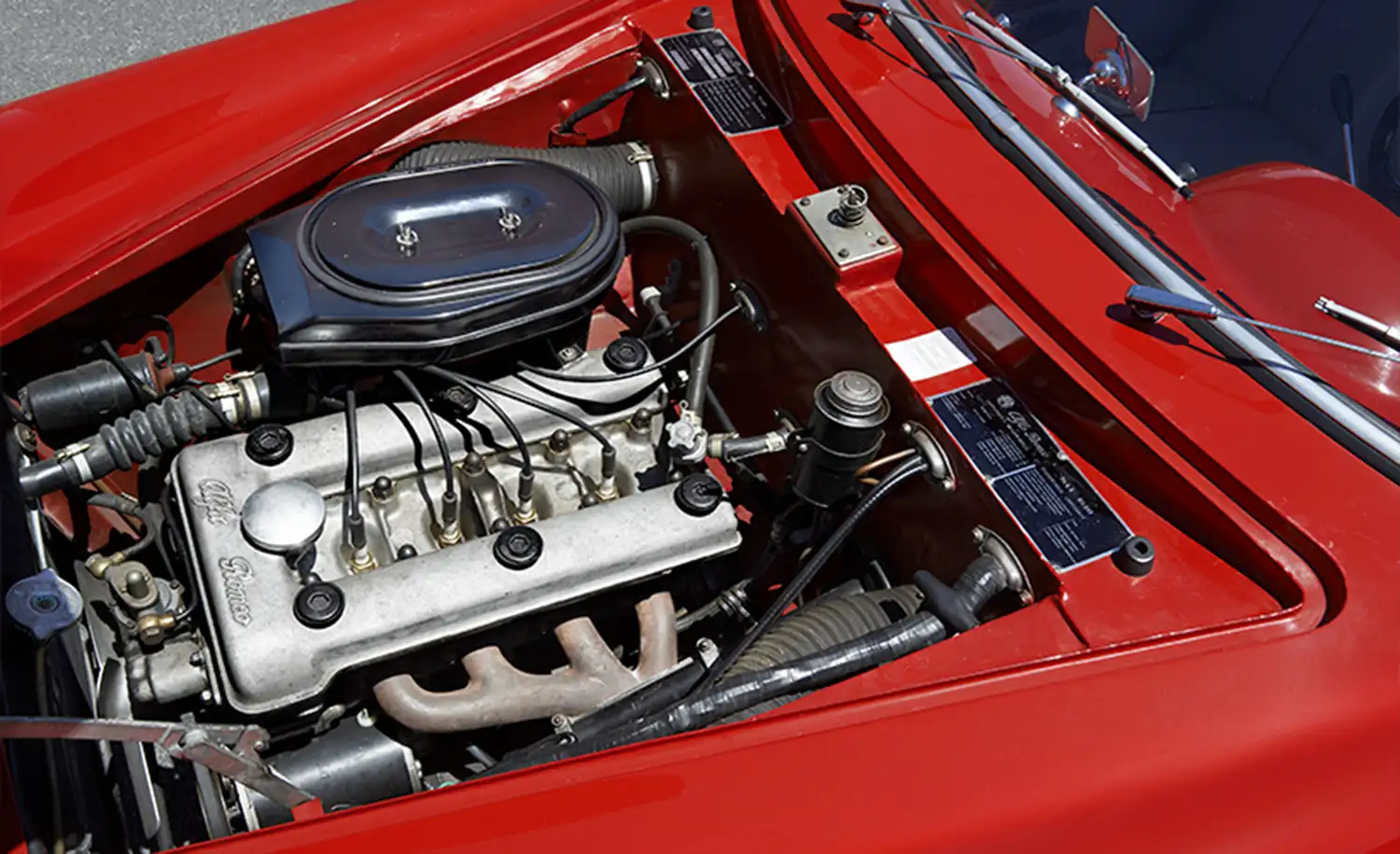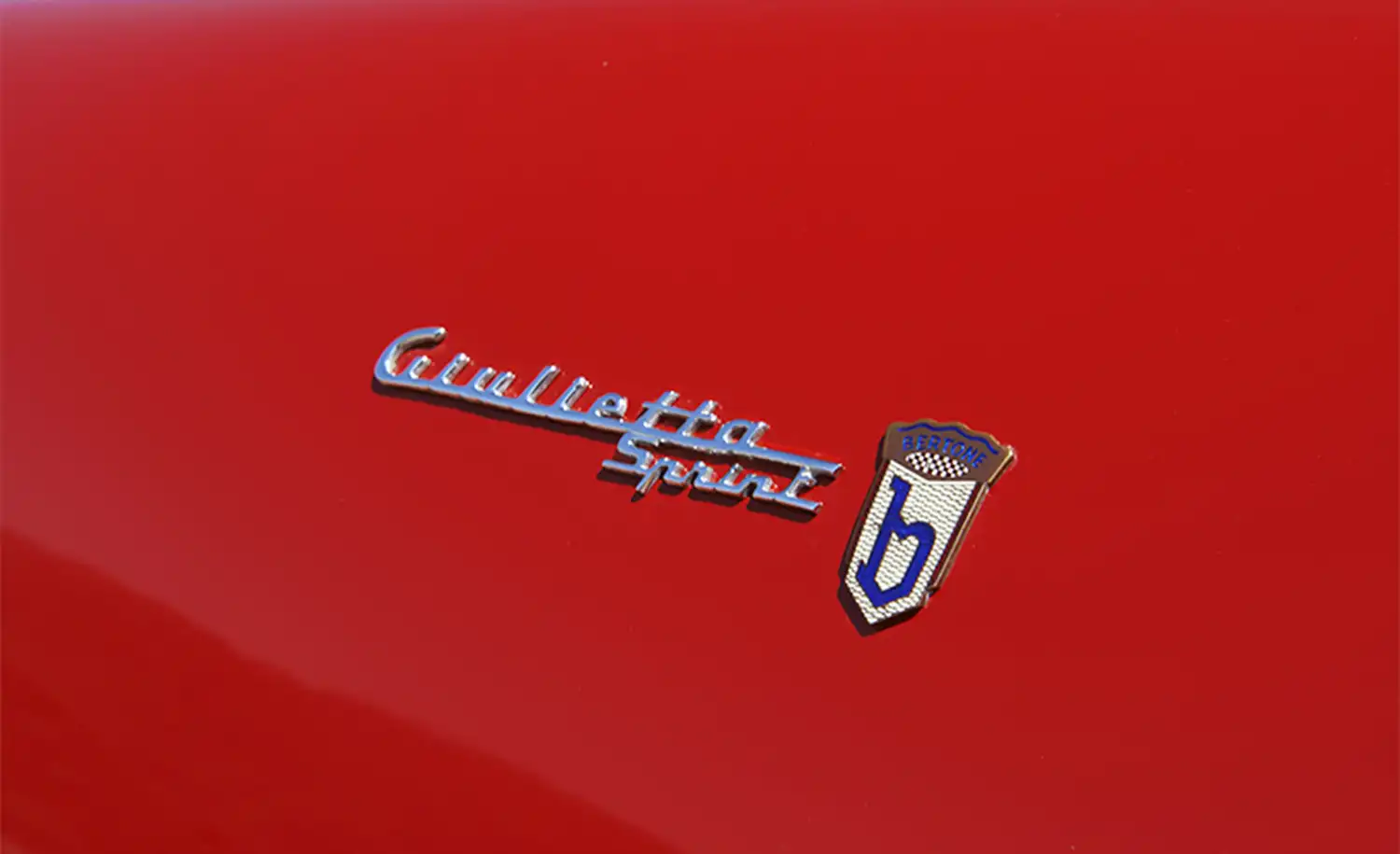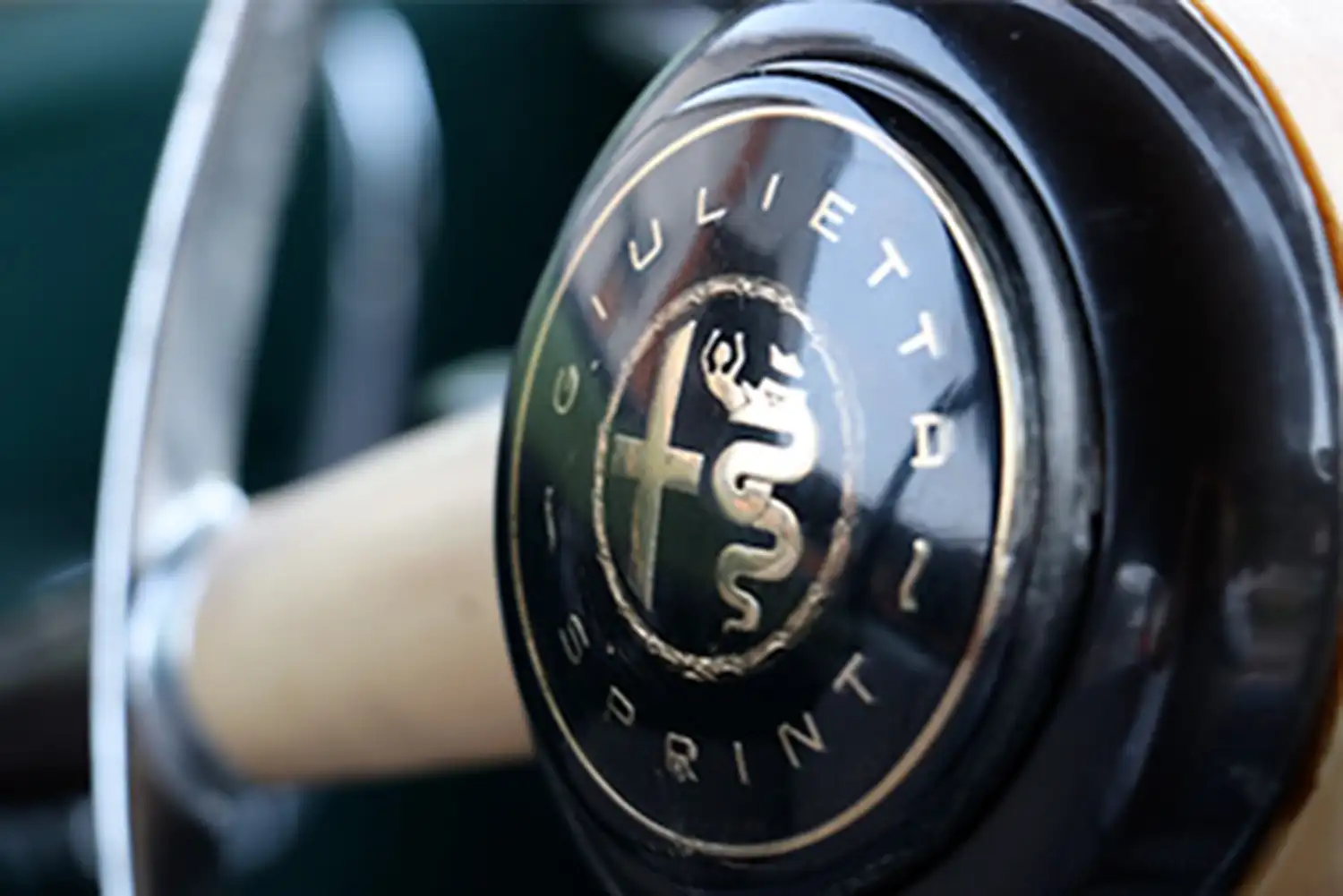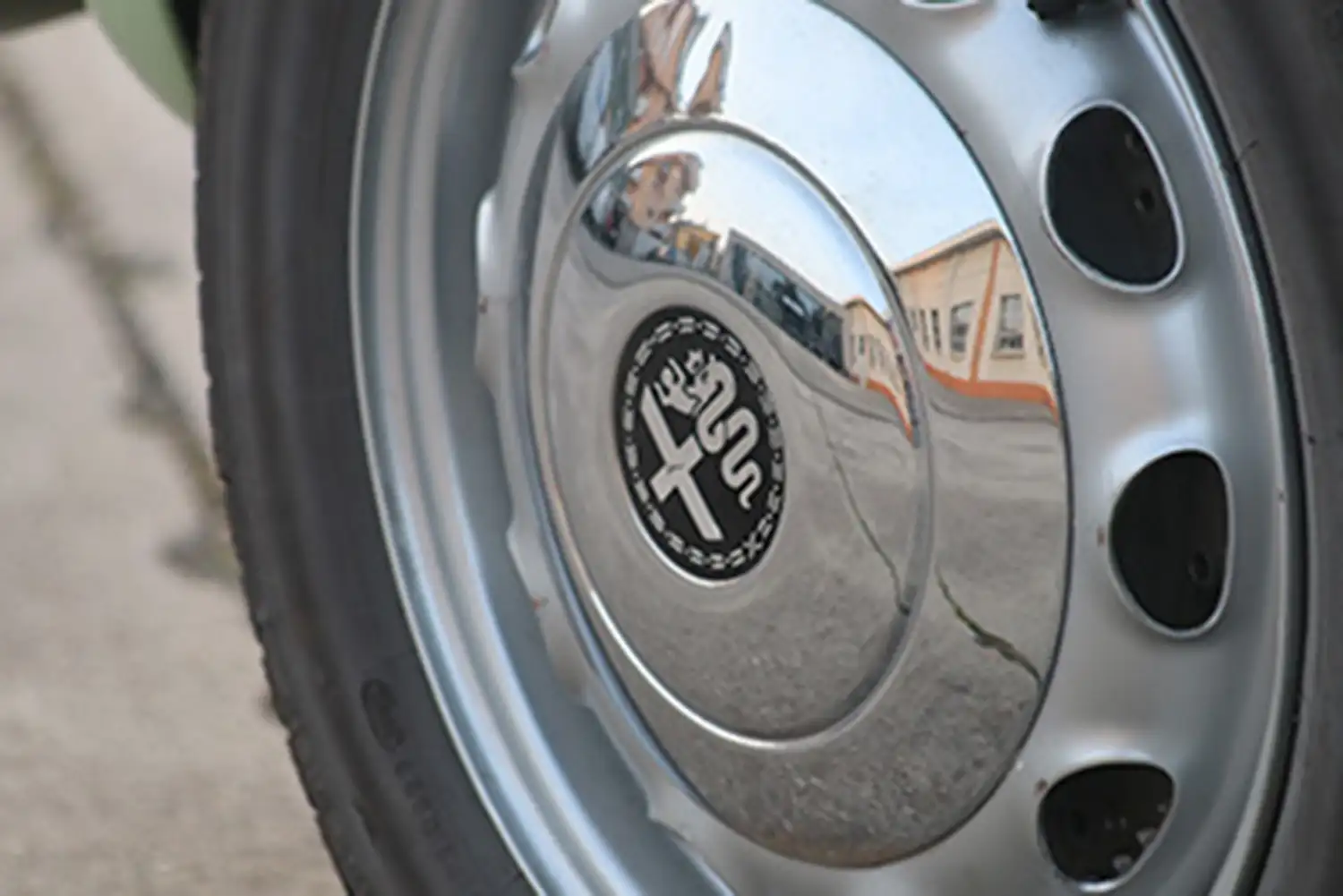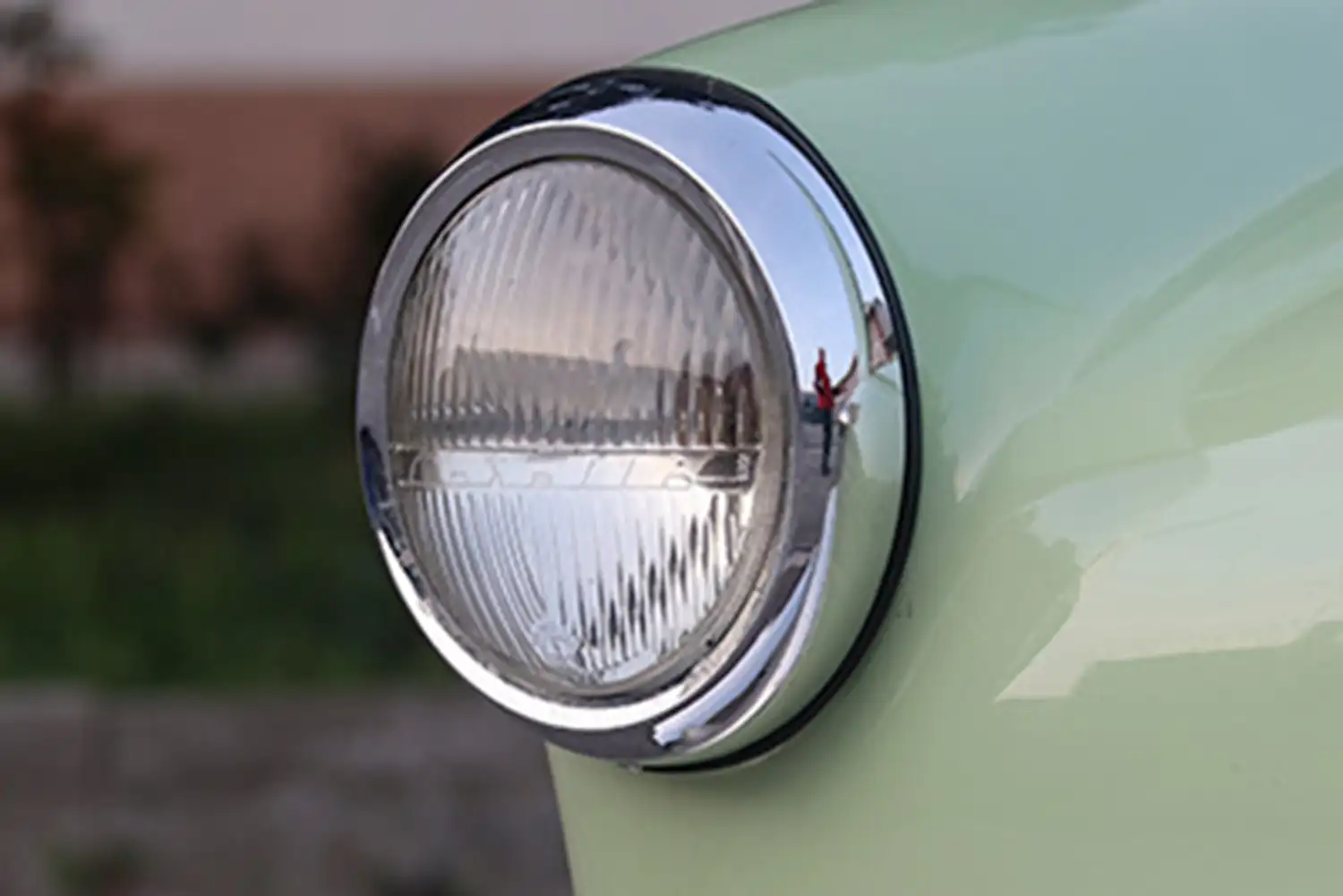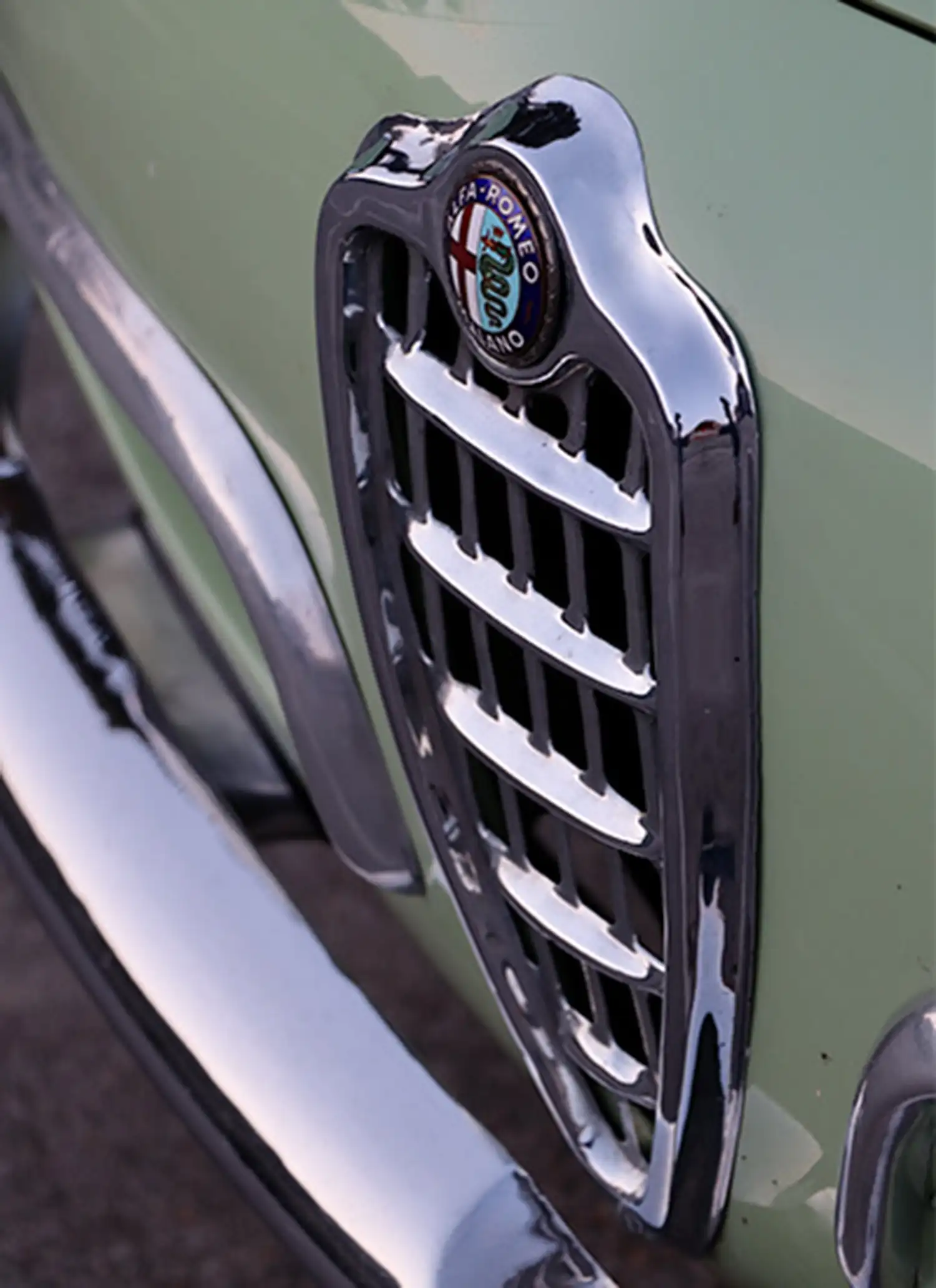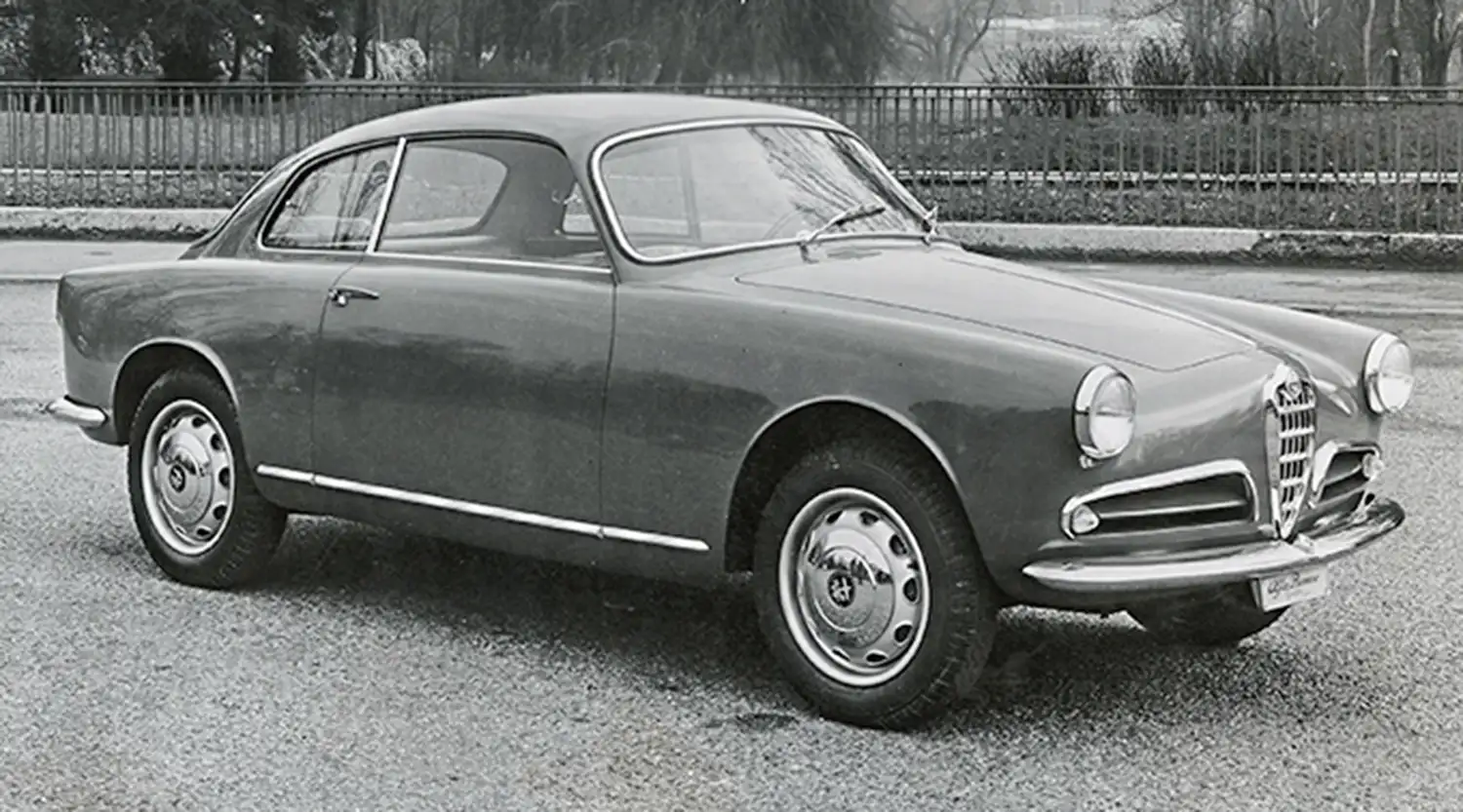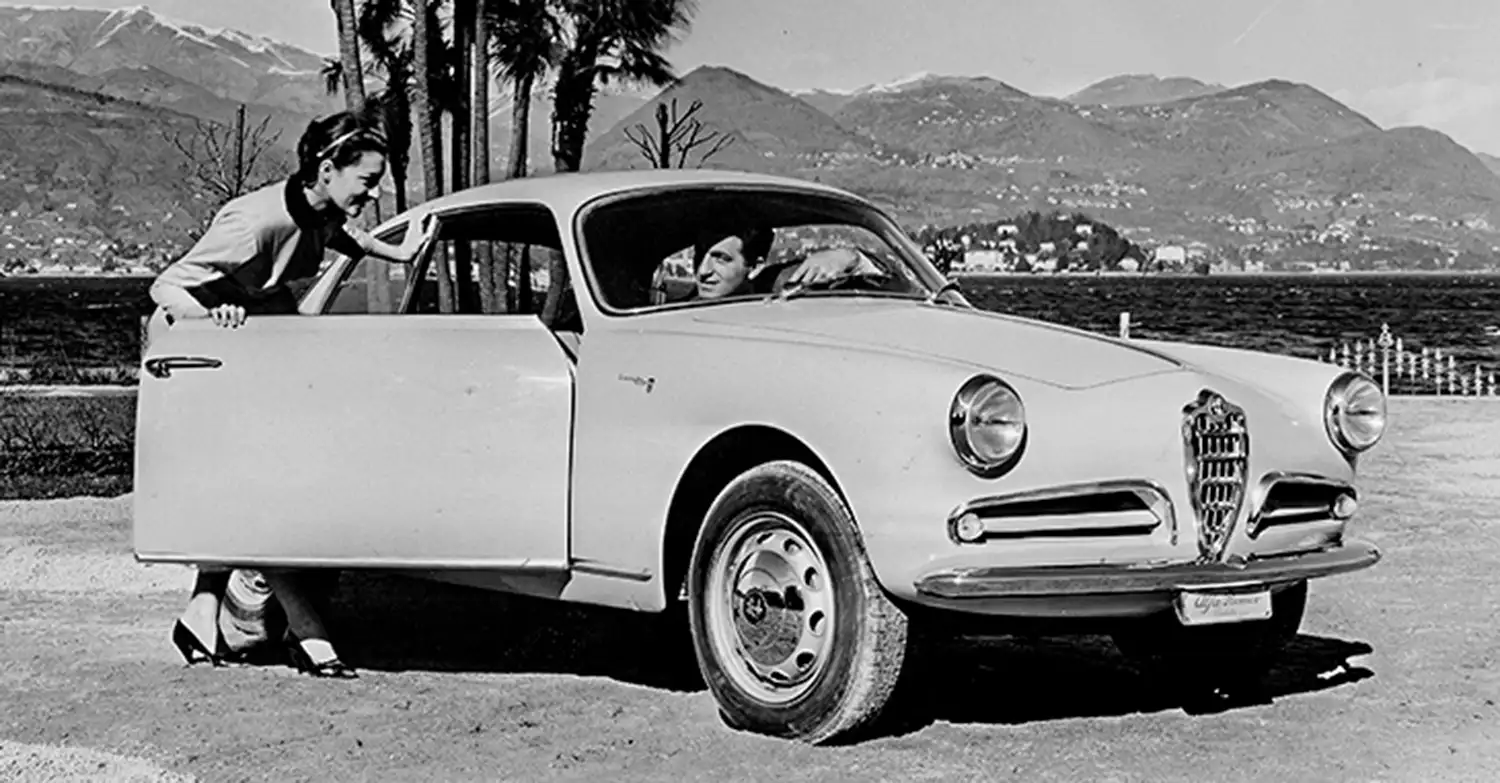
The Alfa Romeo Giulietta Sprint represents a pivotal moment in automotive history, showcasing Alfa Romeo’s leap in production quality and design innovation. Designed by Franco Scaglione and built in collaboration with the renowned coachbuilder Bertone, the Giulietta Sprint combined power, speed, and an exquisite aesthetic to create a coupé that captured hearts and raced to victory.
The Birth of a Classic
In August 1952, Alfa Romeo embarked on a new era with the Giulietta. The goal was to introduce a model positioned below the ‘1900,’ featuring a front engine and rear-wheel drive. By the summer of 1953, a prototype with an 1100 engine and coupé bodywork was already on the streets, setting the stage for the Giulietta Sprint.
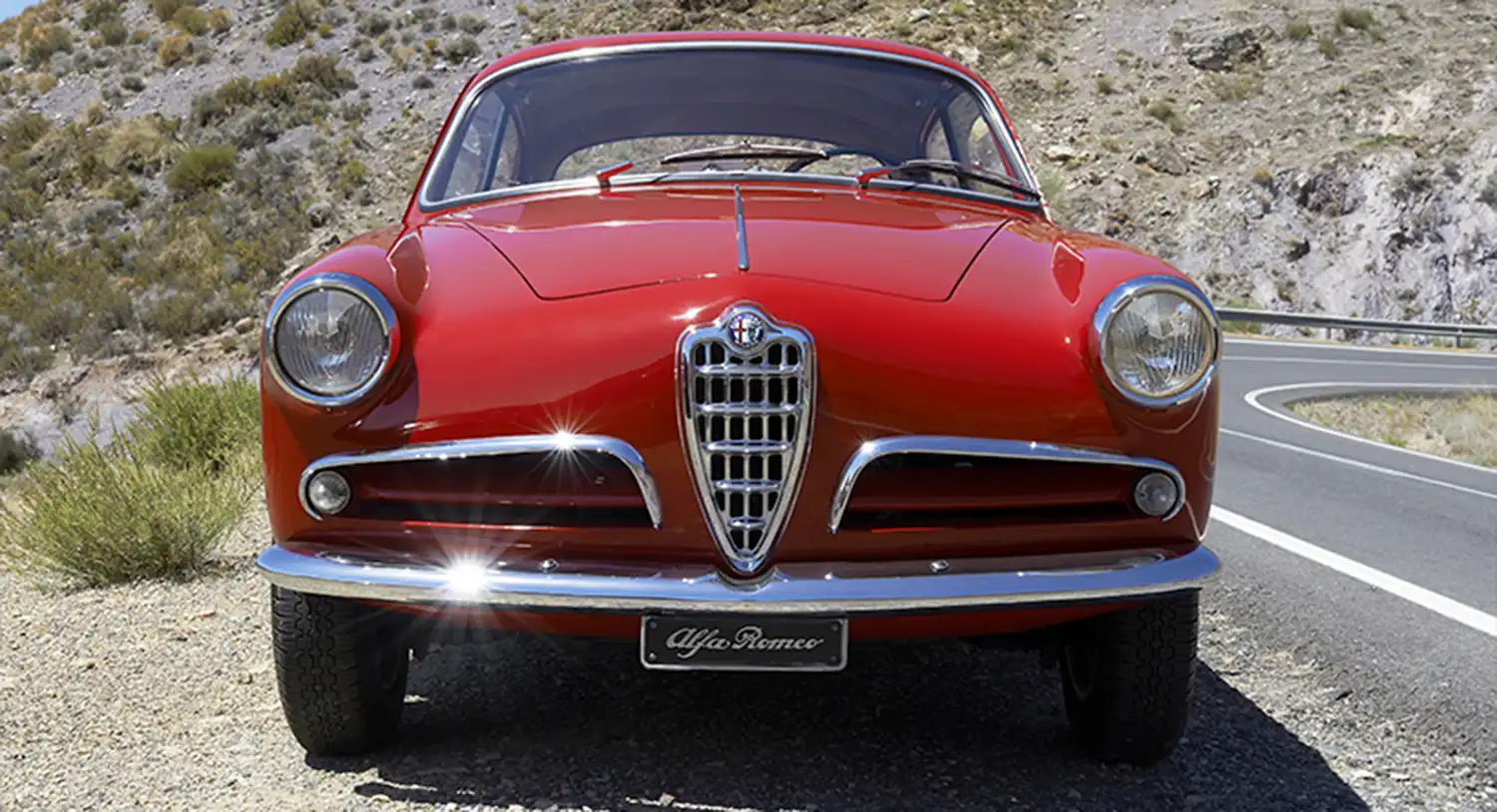
The Giulietta’s development was part of a broader evolution that began with the 1900. With the Portello plant struggling to meet high production demands, Finmeccanica’s general manager Giuseppe Luraghi brought in Austrian engineer Rudolf Hruska to streamline production. Hruska’s expertise was crucial, leading to advancements in mechanics and a push towards outsourcing the coupé’s bodywork to external coachbuilders.
Bertone’s designer Franco Scaglione presented a design that was both compact and refined, giving birth to the Alfa Romeo Giulietta Sprint. The pre-series vehicles featured a 1.3-liter twin-cam engine producing 65 hp, a four-speed gearbox, and a lightweight construction thanks to extensive use of aluminum alloys.
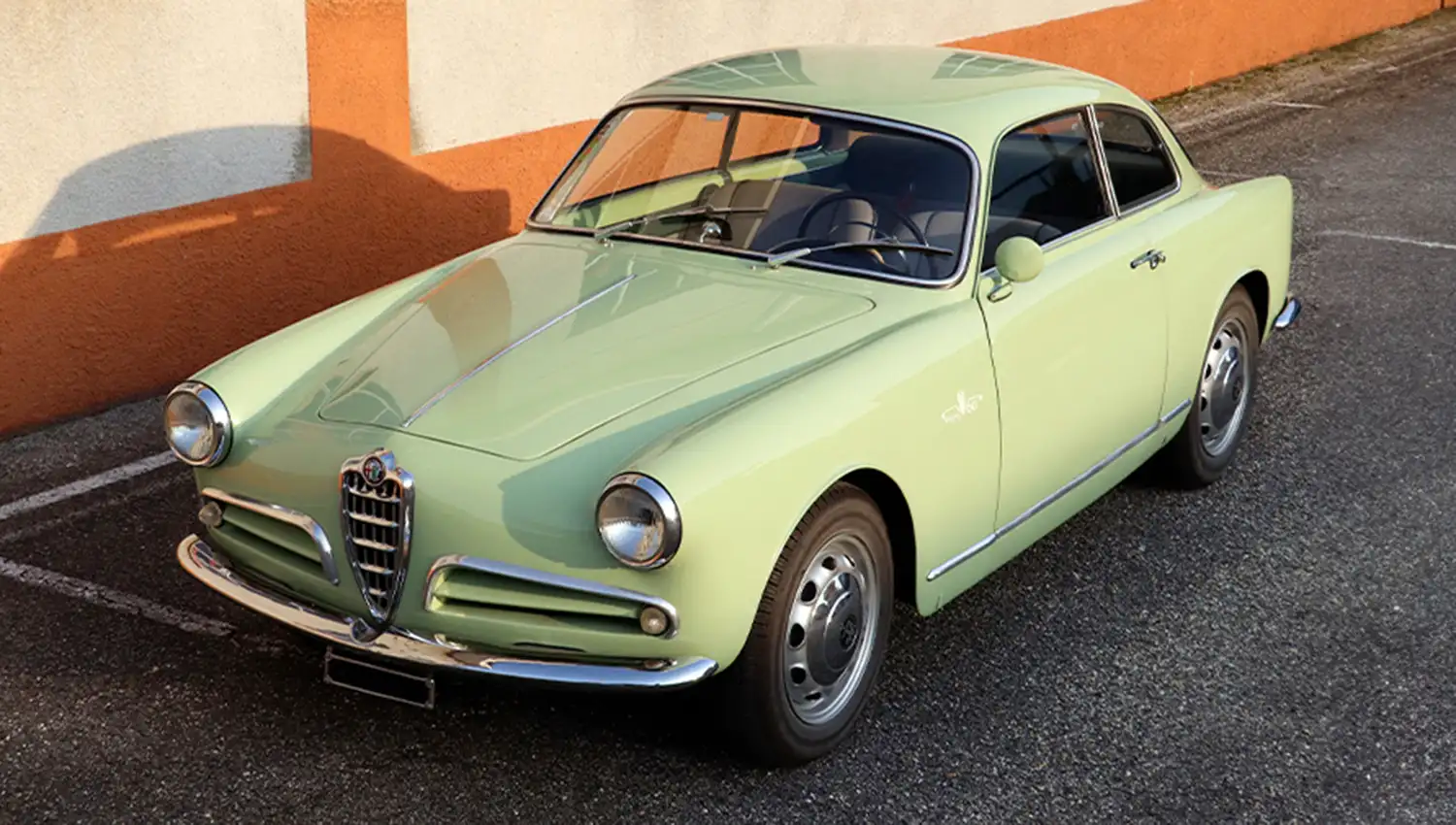
Unveiling and Success
The Giulietta Sprint made its debut at the Turin Motor Show on April 21, 1954. Presented in Alfa red and sky blue, the car’s striking design and performance quickly garnered attention. The initial public reaction was overwhelming, leading to a surge in orders and a production rate that far exceeded pre-launch estimates.
The Giulietta Sprint’s success was not only due to its elegant design but also its impressive performance. With a top speed of 165 km/h, it outpaced many high-end coupés. Its success was so profound that it earned the nickname “Italy’s sweetheart,” and its production was ramped up to meet the high demand.
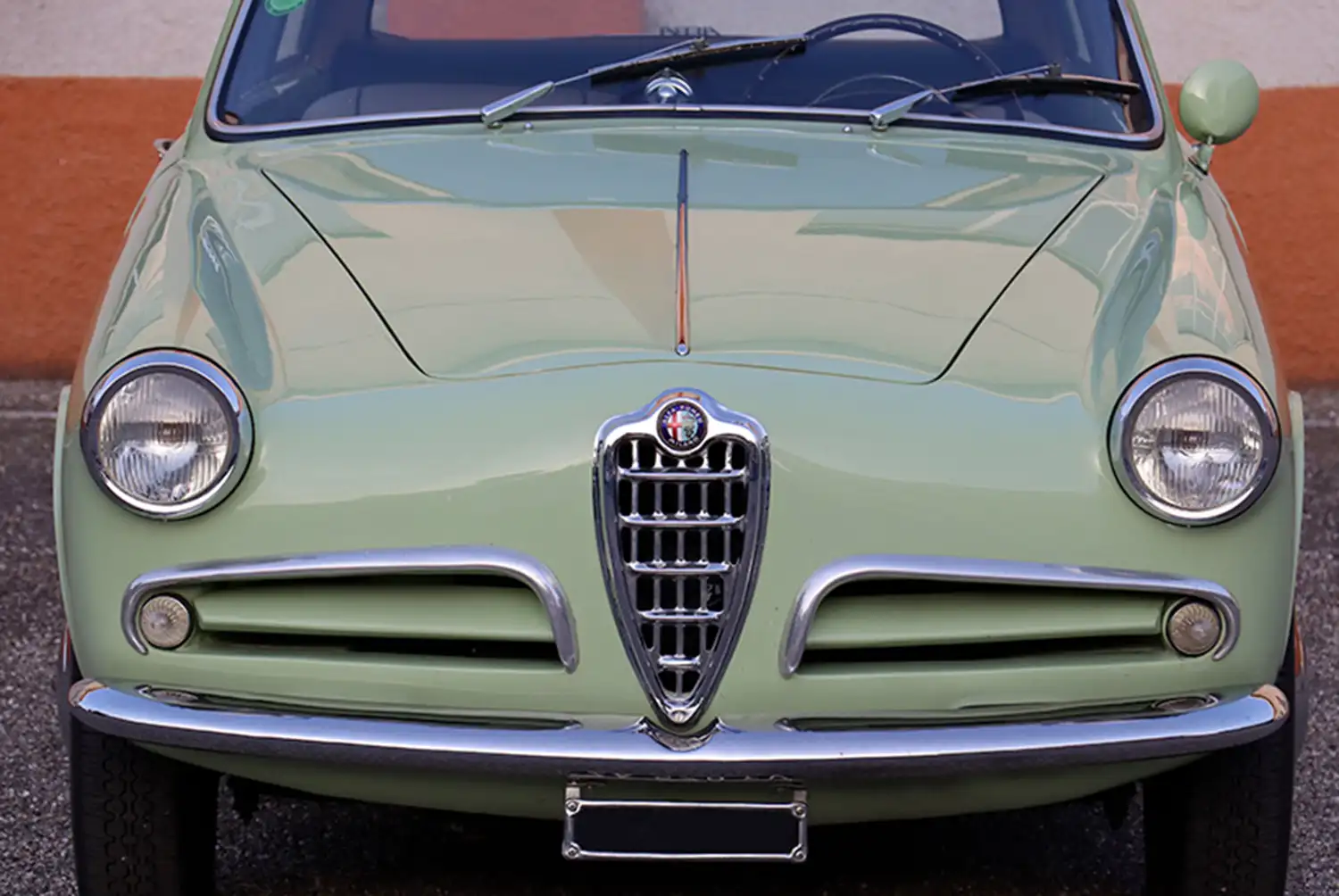
Evolution and Legacy
The Giulietta Sprint evolved over the years, leading to the introduction of the Giulietta Sprint Veloce in 1956. This variant, lighter and more powerful with 79 hp, reached speeds over 170 km/h and was designed for racing enthusiasts. The Veloce was accompanied by the ‘Confortevole’ trim in 1957, catering to those seeking a blend of luxury and performance.
In 1958, the second series of the Giulietta Sprint featured updated design elements and a more refined interior. The Veloce’s power was further increased to 96 hp, enhancing its top speed to 174 km/h. As the Giulietta era drew to a close with the introduction of the Alfa Romeo Giulia 1600 Sprint in 1962, the Giulietta Sprint was succeeded by the 1300 Sprint, which combined the Giulia Sprint’s bodywork with the 1300 engine.

Throughout its production run, the Giulietta Sprint’s legacy was solidified by its various iterations, including the Giulietta Sprint Speciale, Giulietta SZ, and the Giulietta Spider. The Giulietta not only marked a significant step for Alfa Romeo but also set a new standard for Italian automotive design.
Conclusion
The Alfa Romeo Giulietta Sprint’s production spanned eleven years, resulting in a total output of 177,513 vehicles, with 24,084 being Sprints. Its impact on automotive history is undeniable, representing a fusion of innovative engineering and timeless design that continues to captivate enthusiasts and collectors alike.
Source: FCA Heritage
This Article use tools from Chatgpt
